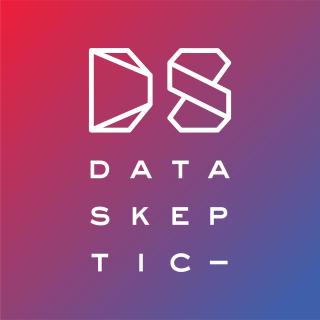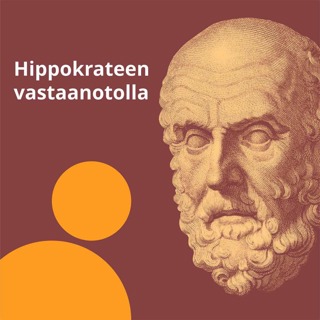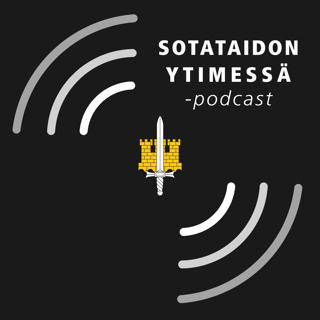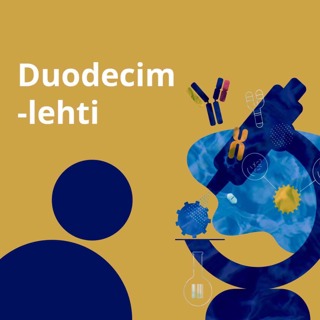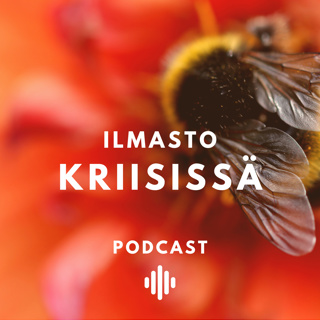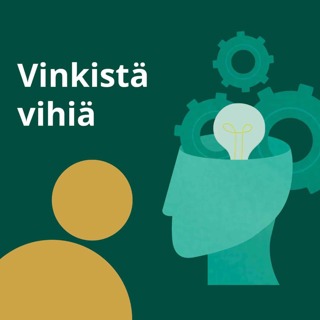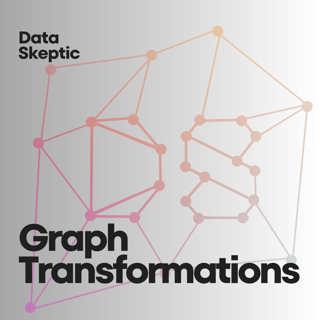
Graph Transformations
In this episode, Adam Machowczyk, a PhD student at the University of Leicester, specializes in graph rewriting and its intersection with machine learning, particularly Graph Neural Networks. Adam explains how graph rewriting provides a formalized method to modify graphs using rule-based transformations, allowing for tasks like graph completion, attribute prediction, and structural evolution. Bridging the worlds of graph rewriting and machine learning, Adam's work aspire to open new possibilities for creating adaptive, scalable models capable of solving challenges that traditional methods struggle with, such as handling heterogeneous graphs or incorporating incremental updates efficiently. Real-life applications discussed include using graph transformations to improve recommender systems in social networks, molecular research in chemistry, and enhancing IoT network analysis.
9 Joulu 202432min

Networks for AB Testing
In this episode, the data scientist Wentao Su shares his experience in AB testing on social media platforms like LinkedIn and TikTok. We talk about how network science can enhance AB testing by accounting for complex social interactions, especially in environments where users are both viewers and content creators. These interactions might cause a "spillover effect" meaning a possible influence across experimental groups, which can distort results. To mitigate this effect, our guest presents heuristics and algorithms they developed ("one-degree label propagation") to allow for good results on big data with minimal running time and so optimize user experience and advertiser performance in social media platforms.
25 Marras 202436min
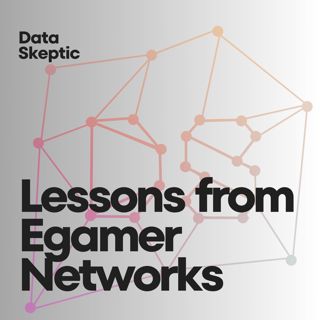
Lessons from eGamer Networks
Alex Bisberg, a PhD candidate at the University of Southern California, specializes in network science and game analytics, with a focus on understanding social and competitive success in multiplayer online games. In this episode, listeners can expect to learn from a network perspective about players interactions and patterns of behavior. Through his research on games, Alex sheds light on how network analysis and statistical tests might explain positive contagious behaviors, such as generosity, and explore the dynamics of collaboration and competition in gaming environments. These insights offer valuable lessons not only for game developers in enhancing player experience, engagement and retention, but also for anyone interested in understanding the ways that virtual interactions shape social networks and behavior.
18 Marras 202437min

Github Collaboration Network
In this episode we discuss the GitHub Collaboration Network with Behnaz Moradi-Jamei, assistant professor at James Madison University. As a network scientist, Behnaz created and analyzed a network of about 700,000 contributors to Github's repository. The network of collaborators on GitHub was created by identifying developers (nodes) and linking them with edges based on shared contributions to the same repositories. This means that if two developers contributed to the same project, an edge (connection) was formed between them, representing a collaborative relationship network consisting of 32 million such connections. By using algorithms for Community Detection, Behnaz's analysis reveals insights into how developer communities form, function, and evolve, that can be used as guidance for OSS community managers.
11 Marras 202442min

Graphs and ML for Robotics
We are joined by Abhishek Paudel, a PhD Student at George Mason University with a research focus on robotics, machine learning, and planning under uncertainty, using graph-based methods to enhance robot behavior. He explains how graph-based approaches can model environments, capture spatial relationships, and provide a framework for integrating multiple levels of planning and decision-making.
4 Marras 202441min
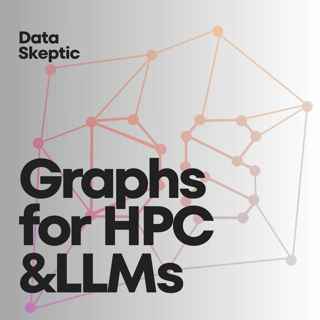
Graphs for HPC and LLMs
We are joined by Maciej Besta, a senior researcher of sparse graph computations and large language models at the Scalable Parallel Computing Lab (SPCL). In this episode, we explore the intersection of graph theory and high-performance computing (HPC), Graph Neural Networks (GNNs) and LLMs.
29 Loka 202452min

Graph Databases and AI
In this episode, we sit down with Yuanyuan Tian, a principal scientist manager at Microsoft Gray Systems Lab, to discuss the evolving role of graph databases in various industries such as fraud detection in finance and insurance, security, healthcare, and supply chain optimization.
21 Loka 202435min
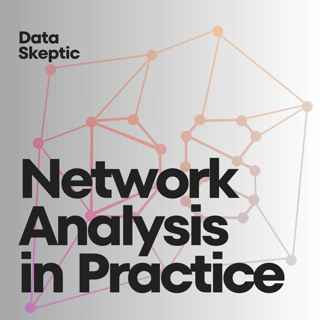
Network Analysis in Practice
Our new season "Graphs and Networks" begins here! We are joined by new co-host Asaf Shapira, a network analysis consultant and the podcaster of NETfrix – the network science podcast. Kyle and Asaf discuss ideas to cover in the season and explore Asaf's work in the field.
14 Loka 202429min
